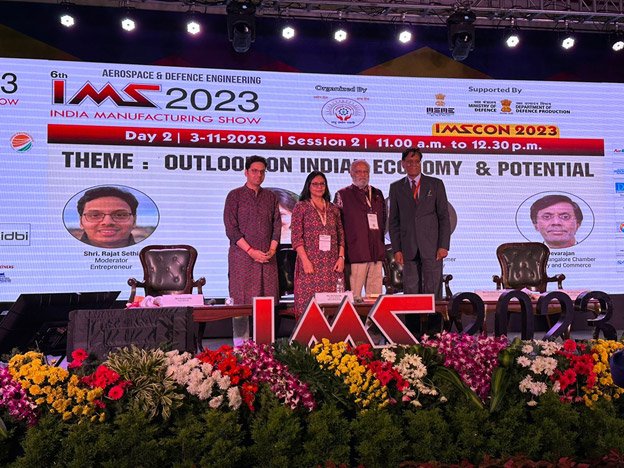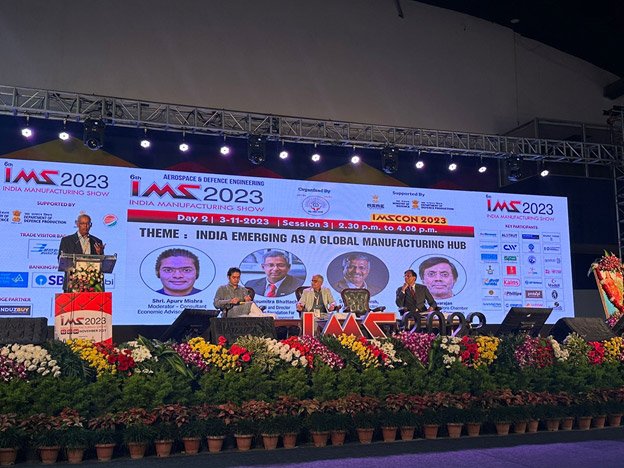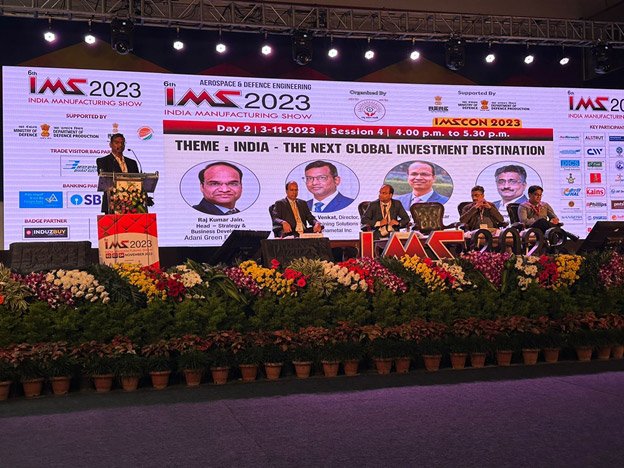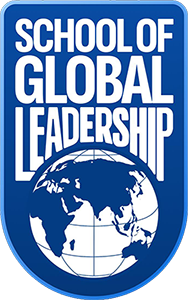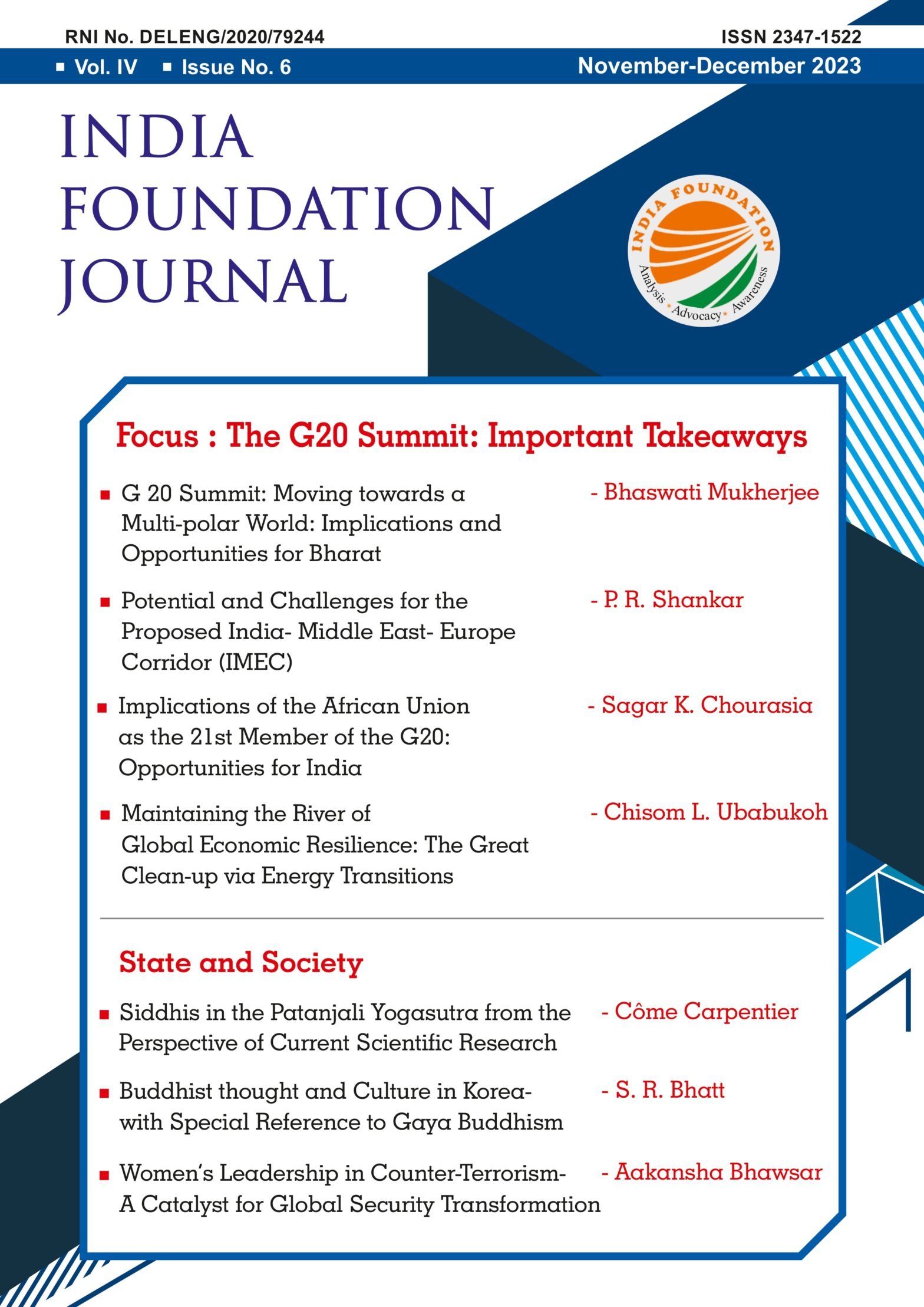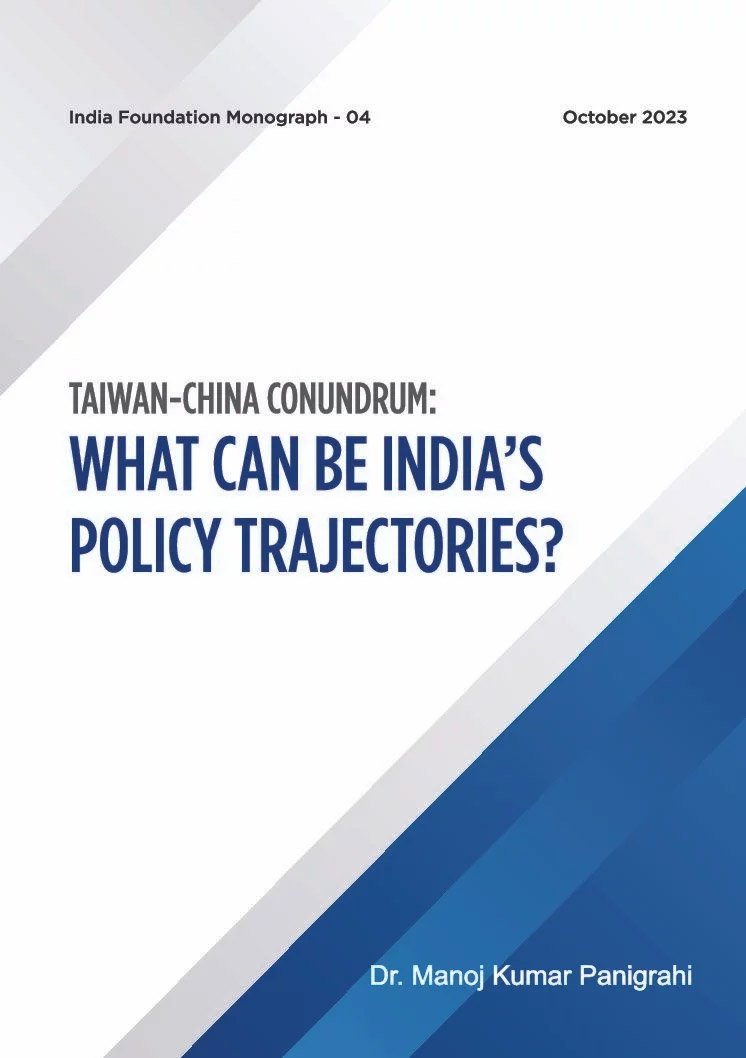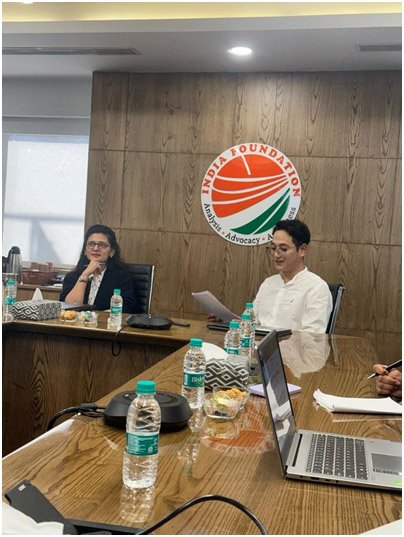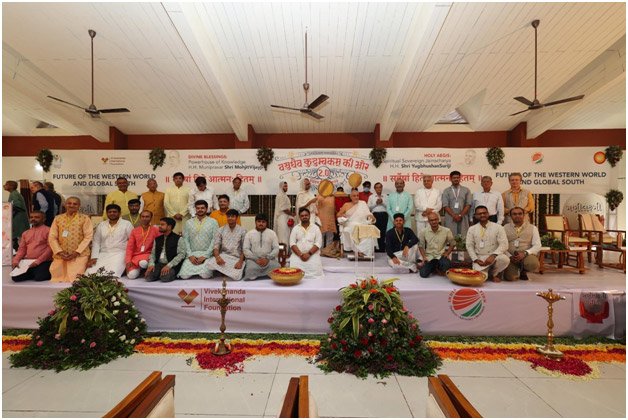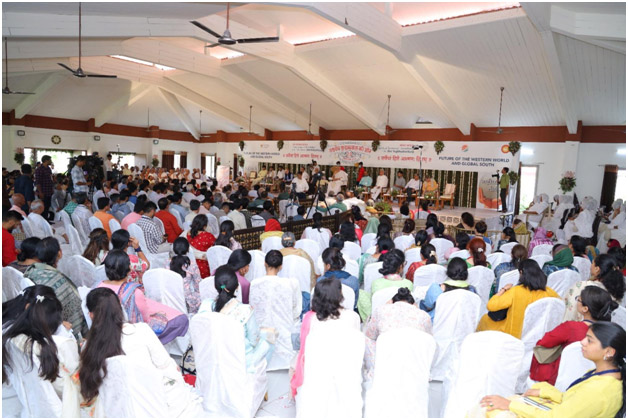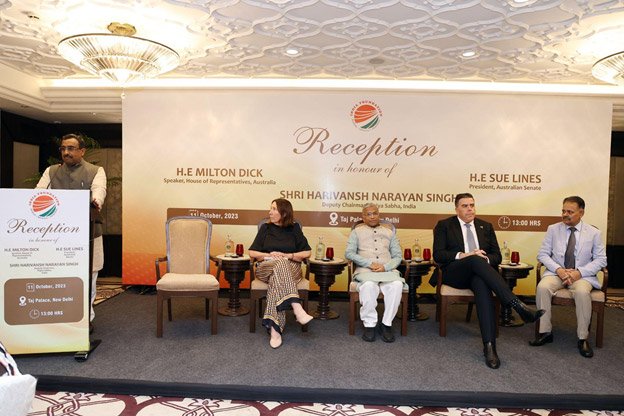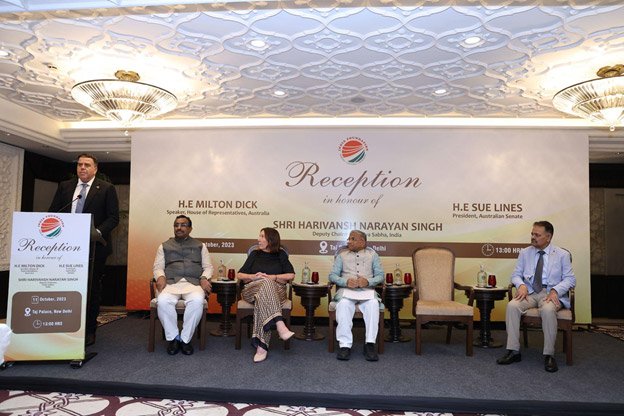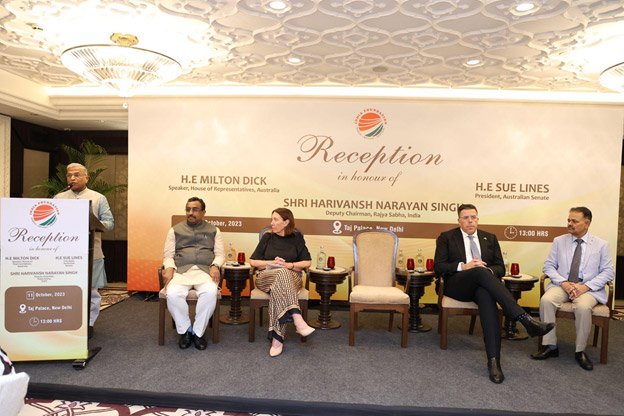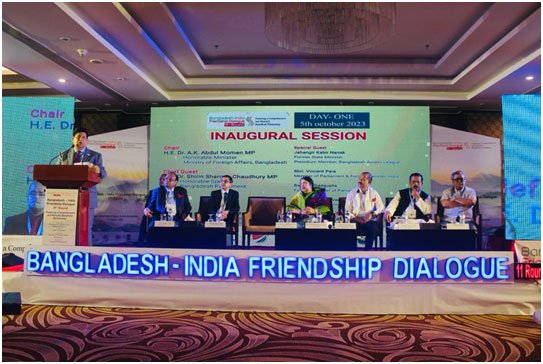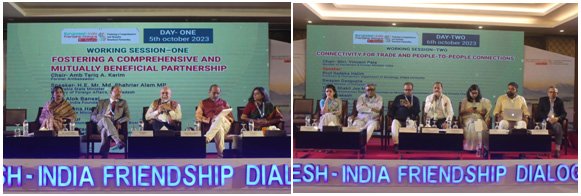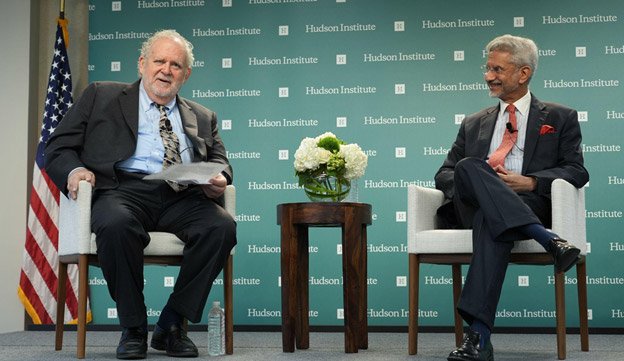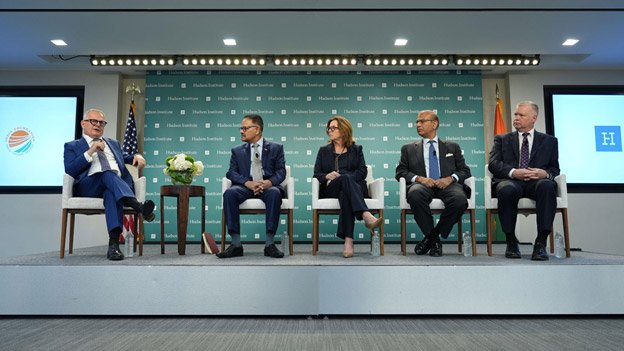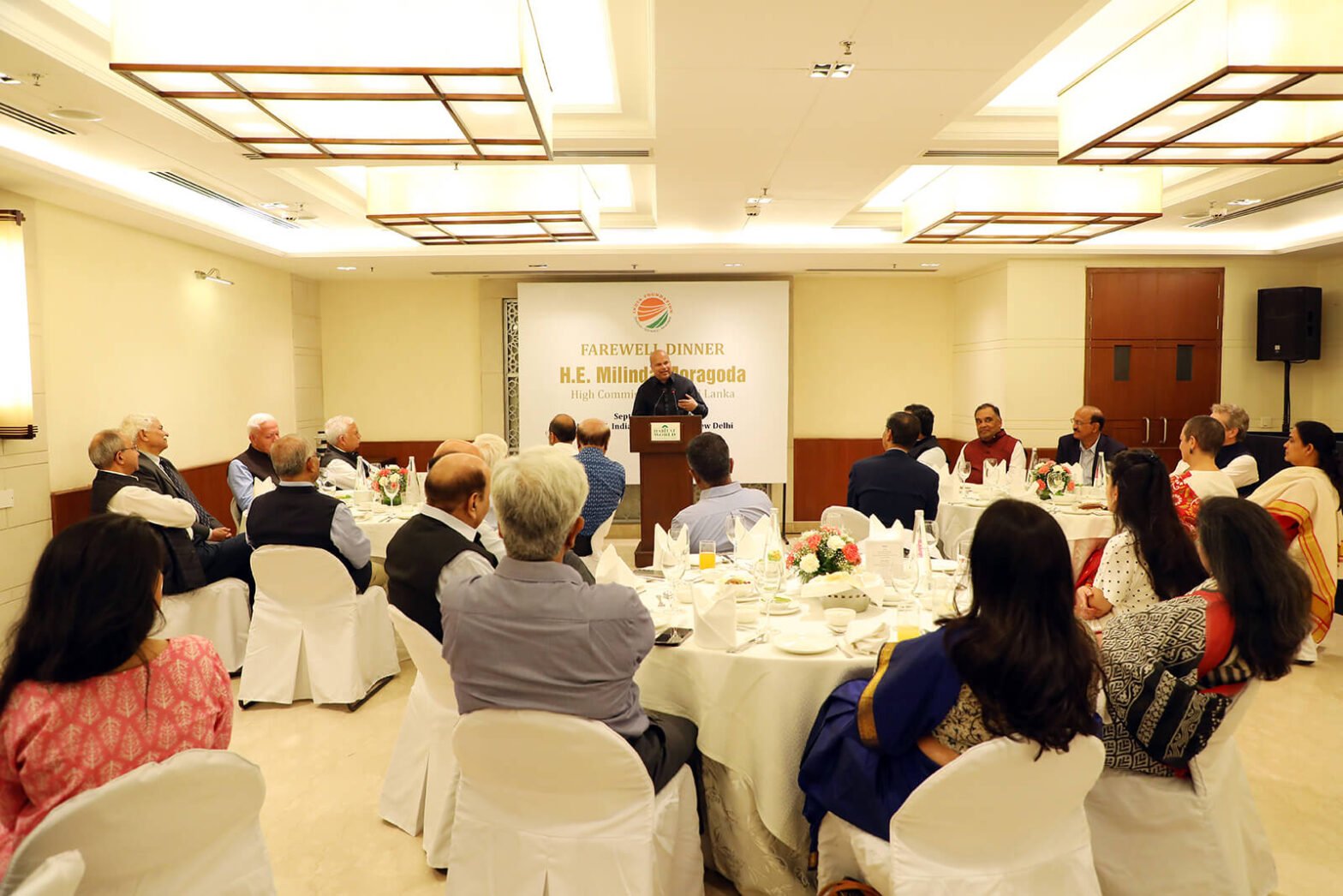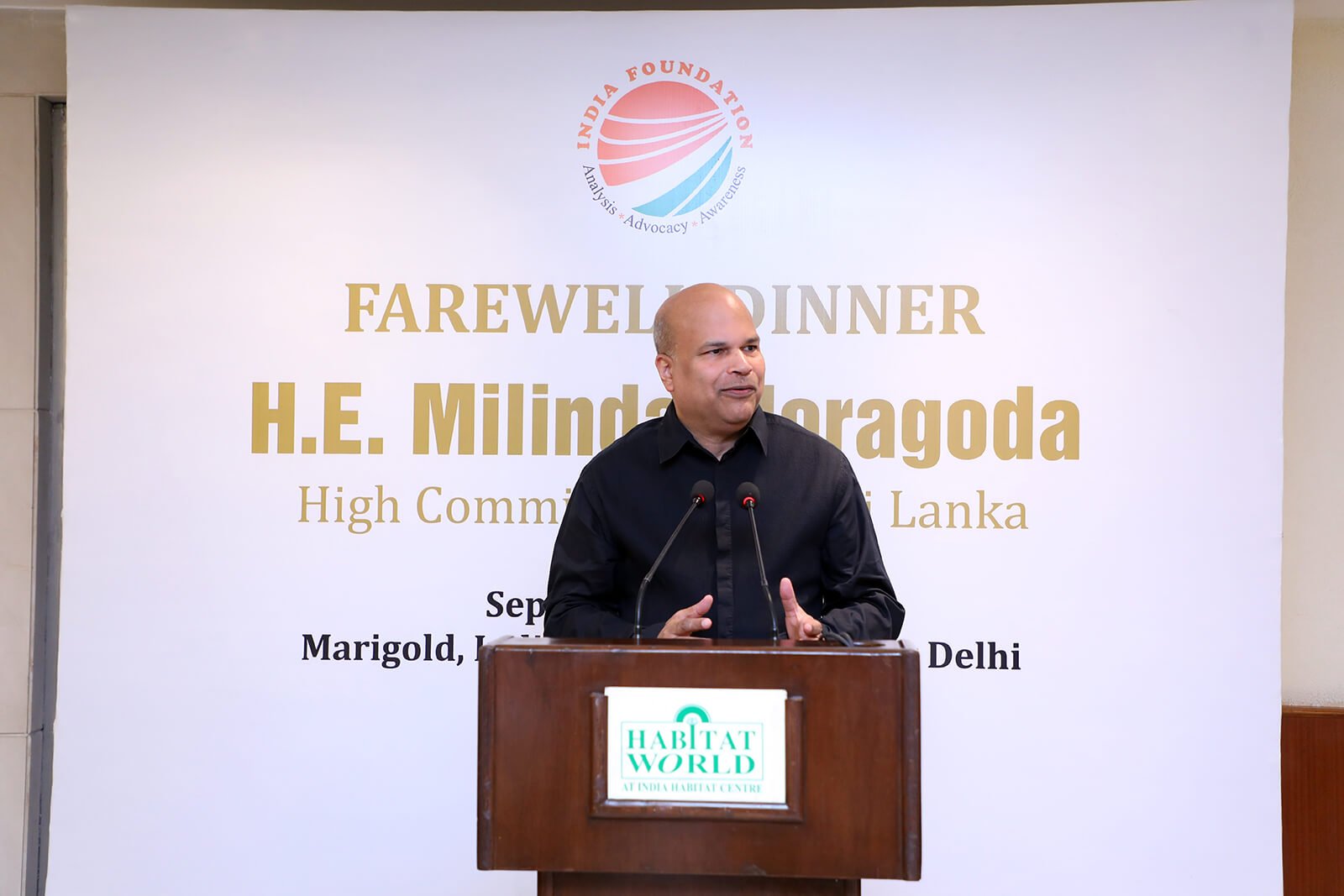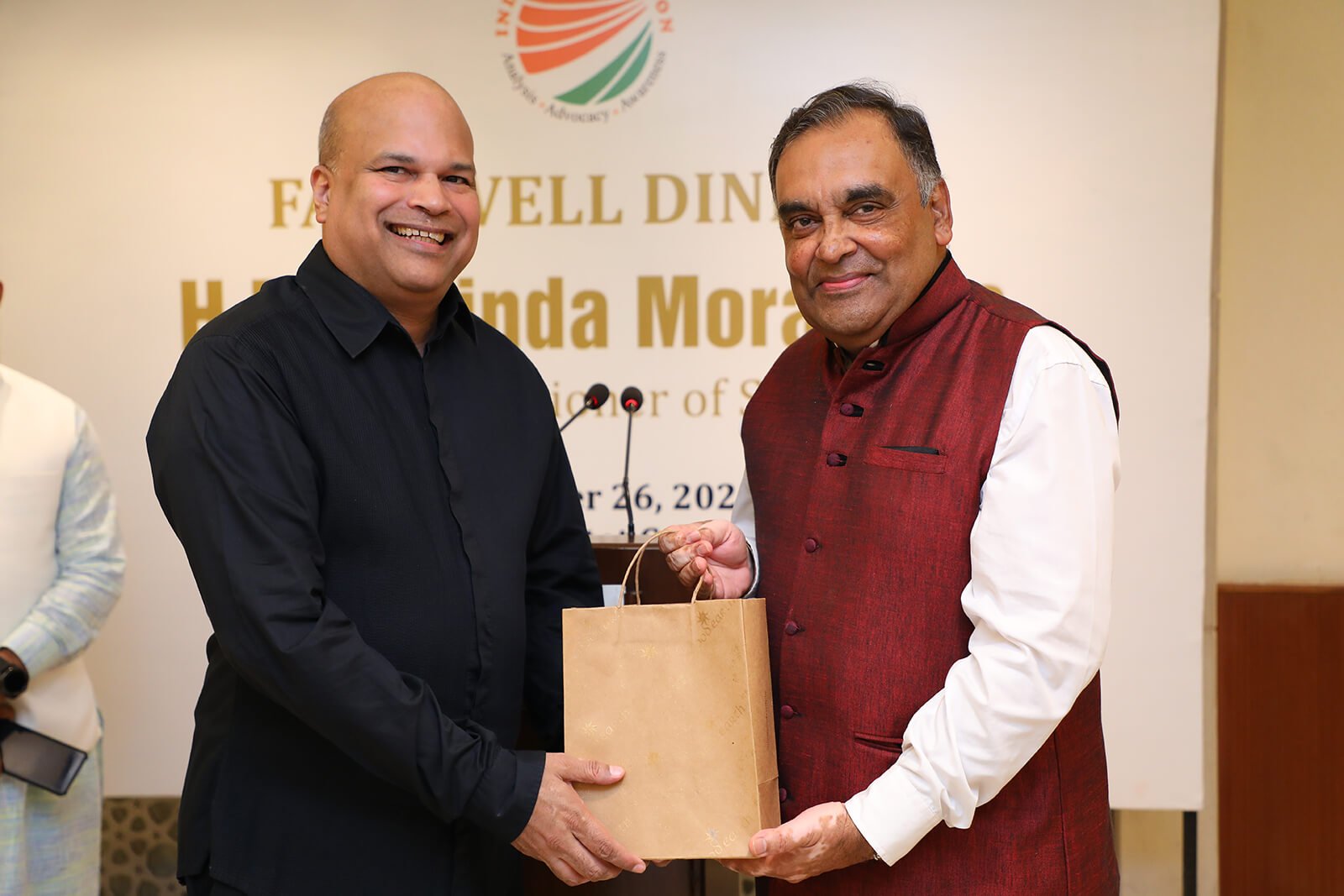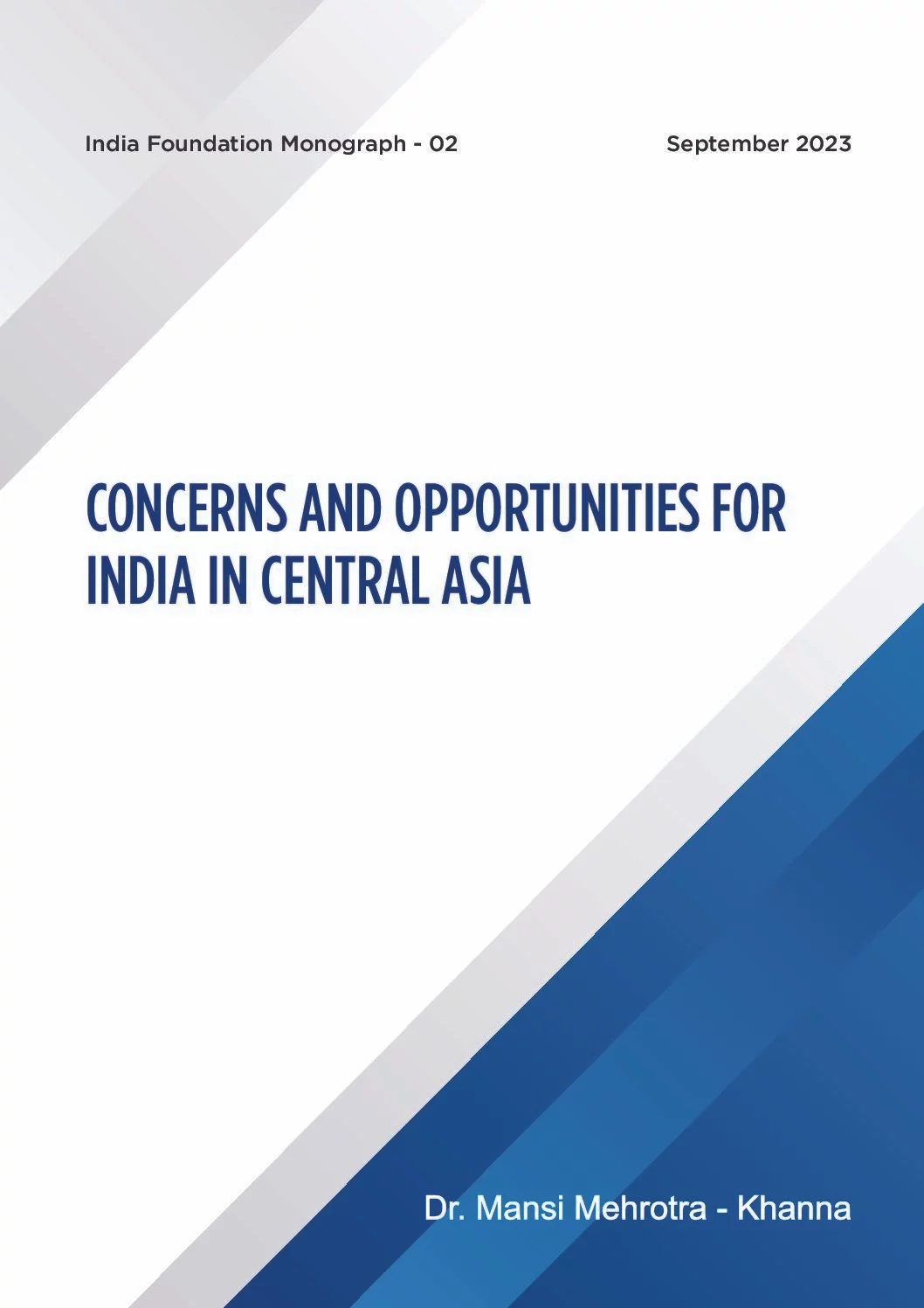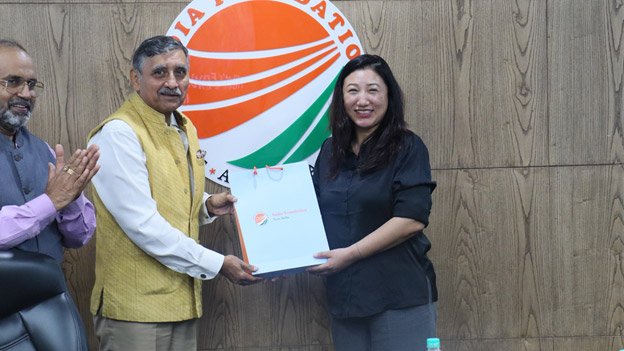The 2nd Silchar-Sylhet Festival 2023 was organised by India Foundation and Bangladesh Foundation for Regional Studies in association with the Ministry of Culture, Government of India & supported by the Ministry of Foreign Affairs, Bangladesh & Coordinated by Friends of Bangladesh on October 6-8, 2023 in the city of Sylhet, Bangladesh.
The cities of Sylhet in Bangladesh and Silchar in Assam share common bonds of history, language, culture, and a multitude of other commonalities, which is reflected in the excellent bilateral ties of an all-encompassing partnership based on sovereignty, equality, trust, and understanding that goes far beyond a strategic partnership. The popularity of the festival and the sentiment shared on both sides of the border were reflected in the eminent speakers and audience in attendance. The festival was addressed by 28 Speakers from both India & Bangladesh. This 2-day festival witnessed cultural, historical, literary, & business Interactions.
The Inaugural session was graced by H.E. Dr. A.K. Abdul Momen, Member of Parliament, Hon’ble Minister, Ministry of Foreign Affairs, Bangladesh, Shri Rajkumar Ranjan Singh, Minister of State for External Affairs and Education, Government of India, Mr. Ashim Kumar Ukil, Member of Parliament, Cultural Affairs Secretary, Bangladesh Awami League, Mr. Ram Prosad Paul, Hon’ble Deputy Speaker, Tripura, India, Shri Swapan Dasgupta, Former MP, Rajya Sabha; Member, Board of Governors, India Foundation, Shri Vincent H Pala, Member of Parliament, Shillong Meghalaya and Shri Shaurya Doval, Member, Governing Council, India Foundation.
The Panel emphasised the importance of people-to-people ties as the region of Silchar-Sylhet shares the same historical & cultural background. Silchar-Sylhet Festival is a small initiative that aims to bring people together from both regions to celebrate commonalities. India and Bangladesh share ties forged by the liberation war of Bangladesh and the shared history of struggle. The bond is strengthened by festivals such as the Silchar-Sylhet Festival. The Inaugural session was followed by a cultural evening.
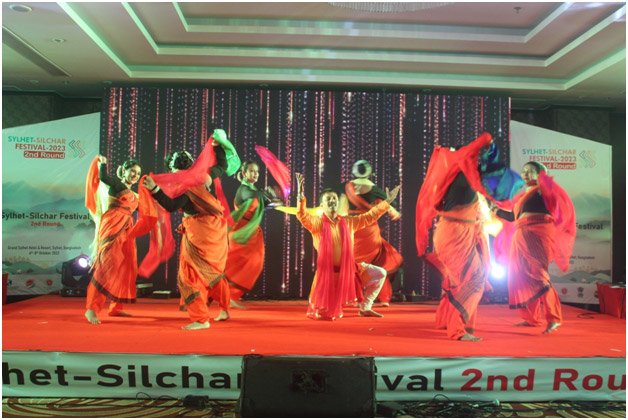
Day -2
Panel Discussion – Ion “Trade & Business” was chaired by Shri Ranjit Barthakur
Chairman, Globally Managed Services (GMS) & Chairman, FICCI Northeast and the keynote address was delivered by Amb Deepa Gopalan Wadhwa, Member, Governing Council, Asian Confluence, Shillong. The panellists of this session were Mr Ram Prosad Paul, Hon’ble Deputy Speaker, Tripura, India, MrAhasanul Islam (Titu), Member of Parliament, Bangladesh, Dr Shah Mohammad Tanvir Monsur, Director General (Consular & Welfare) Ministry of Foreign Affairs, Bangladesh, Shri Ravi Patwa, National Advisor – Institute of Internal Auditors – India; Immediate Past Chairman, Eastern India Regional Council, The Institute of Chartered Accountants of India, Shri PVSLN Murthy, Chairman & Managing Director NEDFi; Member, Board of Governors, India Foundation, Ms Manjeet Kriplani, Executive Director, Gateway House, and Lt Gen Arun Kumar Sahni, Member, Governing Council, India Foundation.
The panelists discussed the importance of multilateral engagements among the countries of South-East Asia not to only get involved but to be a part of the eco-system. Countries such as Japan, are working towards the development of economic infrastructure and connectivity to improve the investment environment to make Bangladesh a gateway for South and Southeast Asia. To increase trade between the regions, the Governments of both countries should improve air connectivity by making both the Sylhet airport &Silchar airport an international airport. They suggested both regions should start trading using Indian Rupee and Taka.

Panel Discussion – IIon “Langauge& Literature” was chaired by Shri. Jishnu Dev Barman, Former Deputy Chief Minister of Tripura, India. The panellists of this session were Shri S Prasannarajan, Editor, of OPEN Magazine, Shri Guru Prakash, National Spokesperson, BJP, Mr. Taimur Raja Choudhary, Editor, DainikSamayikPrasanga, S. M Shahjada, Honorable Member of Parliament, Bangladesh, Abdul Wadud Dara, Former Member of Parliament, Bangladesh.
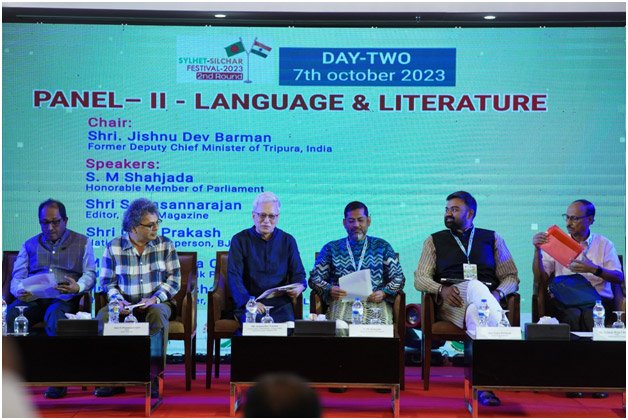
The panellistsemphasised the importance of Language and Literature. Literature is a liberating force that influences the cultural capacities of communities. Literature is the ultimate expression of language. Nowadays, everything is a dispute but literature creates, liberates and unites. Language can be a unifying force in defining our cultural identities across the border. It’s a bridge without any barriers. There’s a common goal & objective to protect the mother language and to promote multi-culturalism and multilingualism. Both countries must recognise the shared responsibilities in preserving and promoting linguistic and literary heritage, the path forward lies in collaboration, cultural exchanges and a fast commitment to nurturing the rich tapestry of Bengali language & literature.
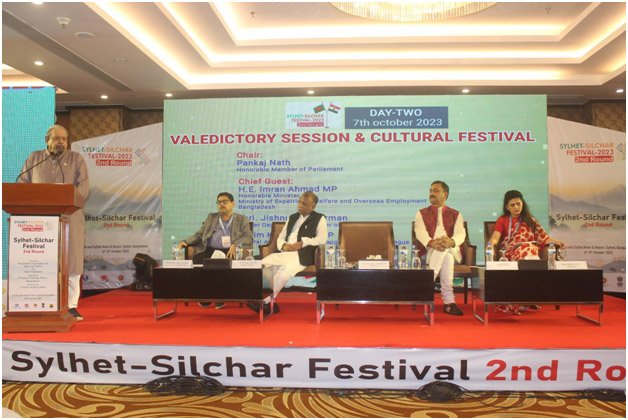
Mr. Pankaj Nath, Honorable Member of Parliament, Bangladesh, chaired the valedictory session. H.E. Mr. Imran Ahmad, M.P., Hon’ble Minister, Ministry of Expatriates’ Welfare and Overseas Employment, Bangladesh graced the event as a chief guest. Shri Jishnu Dev Barman, Former Deputy Chief Minister of Tripura, India, Ashim Kumar Ukil, MP, Cultural Affairs Secretary, Bangladesh Awami League, Dr Radha Tamal Goswami, Pro Vice Chancellor, Adamas University, Working President, Friends of Bangladesh, India Chapter, MsRami N Desai, Distinguished Fellow, India Foundation. The Valedictory session was followed by a cultural evening.
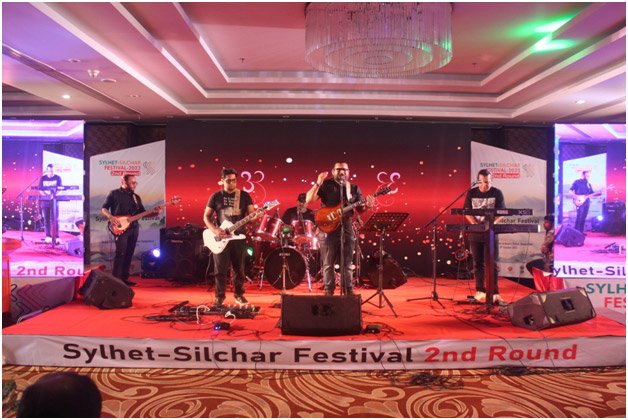
Coffee Table Booklet
